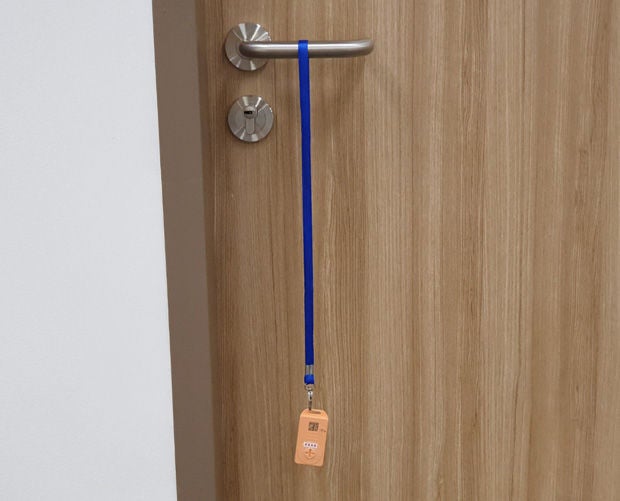
Making mistakes is a part of life. But you can greatly reduce their occurrences using a simple lean concept - Poka-Yoke, a Japanese term that means “mistake proofing”.
The last obstacle between you and your ward is the Safe Entry gantry. You fumble around your pockets and bag, only to realise you didn’t bring your token out. Guess you’ll have to download the Trace Together app. Place your token next to the door, or even better, on the door handle itself! You won’t be able to leave the house without seeing the token, no matter how much of a rush you are in.
This is just one of many examples of Poka-Yoke (pronounced Po-ka yo-kay) in our lives that we may not even realise. They help us greatly reduce the chance of mistakes happening by:
1. Alerting us that a mistake may have been made (like the spell check on Microsoft Word telling me that “Poka” is not a word by putting a squiggly red line below it)
2. Preventing us from ever making the mistake regardless of where our minds have wandered off to (you can’t turn on the microwave to heat up your food unless the door is completely closed).
Here are other examples of Poka-Yoke at the workplace:
Instantly know which item is missing
When Alcatraz was still a functioning prison, some inmates were allowed to work in the kitchen. To make sure none of them stole any of the knives, prison officers painted the silhouette of knives onto the storage rack, so that it was easy to spot missing knives during the end of the cooking shift.
In healthcare, customised moulds can be made or spaces can be clearly marked out so that staff can tell at one glance if there are missing items. Might this same idea be used in your workplace too?
Using blunt needles to draw medication
Healthcare professionals rely on needles to extract and transfer liquid solutions from vials and ampules. Using sharp (hypodermic) needles to draw medication can result in needlestick injuries, especially as you try to penetrate a small vial with a tight seal.
A blunt needle has no pointed tip, and thus would not puncture our skin easily. However, it is still strong and fine enough to withstand being pushed through the vial’s rubber stopper seal and extract its content. It is no wonder why most clinical settings have made blunt needles easily accessible as part of best practice.
Remembering to clean your hands at point-of-care
As healthcare professionals, we all know that cleaning your hands before and after touching a patient helps to break the infection chain. According to the Healthcare Quality Blog, if a hand rub is right in front of us everywhere we turn, we’ll probably use it. A simple poka-yoke solution for hand cleanliness is to put the hand rub at the entrance and exit of ward rooms and at the foot of the patient’s bed. That way, we will always remember to clean our hands before and after patient care.
Credit: WHO
Effective Poka-Yoke should involve steps that are easy to incorporate into existing workflow. Interventions should minimize introducing new problems or bothering other collaborators. The best solutions often involve making permanent changes to the design of products, programs, or environments, many of which tend to be beyond our control. Nonetheless, we can always start small, and focus on error-proofing ideas which are simple, elegant, and intuitive.
Poka-Yoke can be applied anywhere at work. Share this story with colleagues so that they too, can be inspired to find ways to prevent making mistakes in their daily work!
















 Get it on Google Play
Get it on Google Play